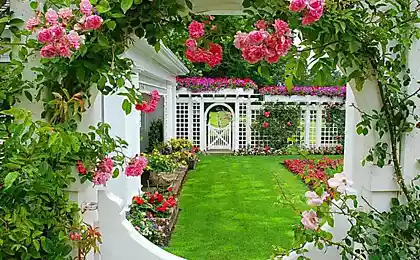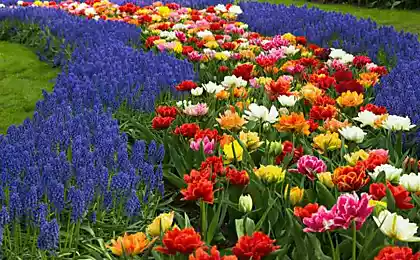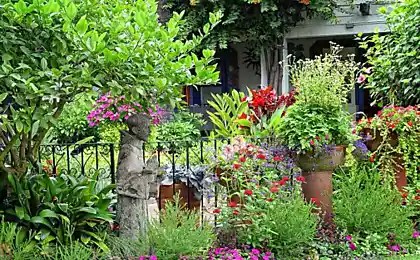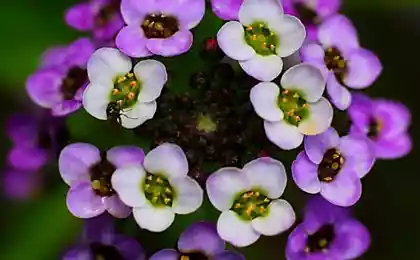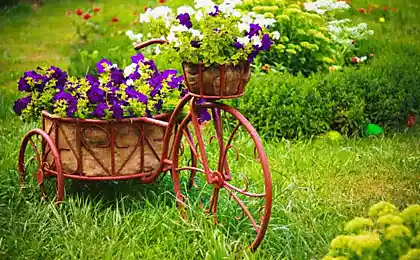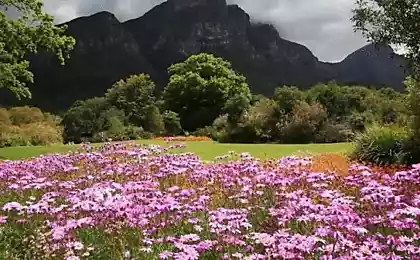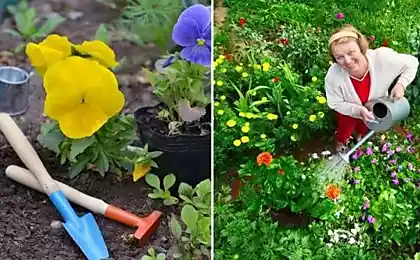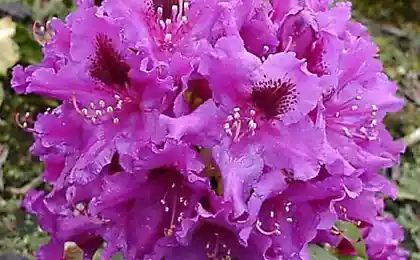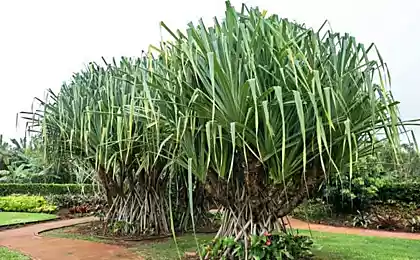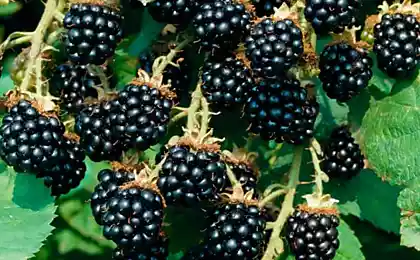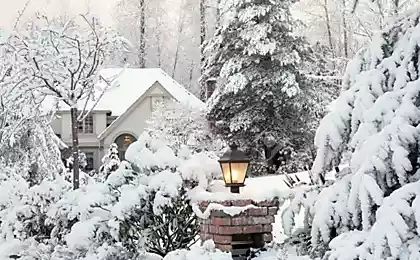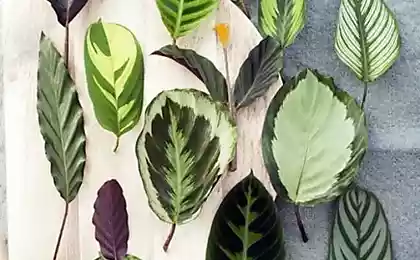455
Bougainvillea is a beautiful plant for decoration
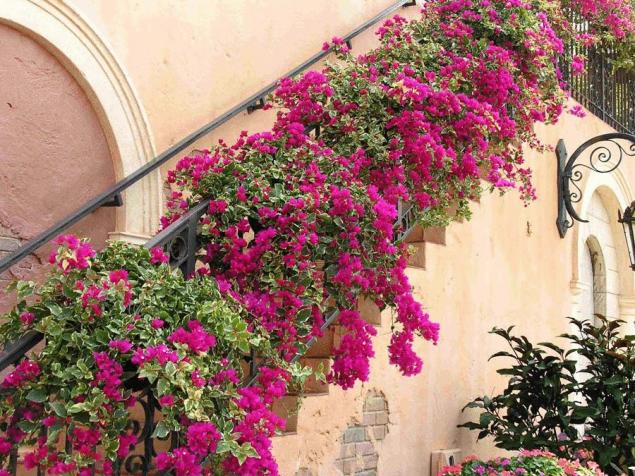
Bougainvillea (Bougainvillea) – the name of the plant was in honor of Louis Antoine de Bougainville (1729-1811), French traveler, the head of the first French circumnavigation.
This tropical plant belongs to the genus of evergreen plants of the family Nyctaginaceae (Necessitie) and distributed in South America.
The beauty of bougainvillea flowers is created not, as it may seem at once, and broad bracts. The splendor and duration of flowering bougainvillea brought fame and popularity among gardeners.
The mild climate of the barbed vines that form a "living wall", cascades and arches are decorative pergolas, columns and pavilions. Here these plants grow on rocky slopes, and in places of civilization, it seems that they grow directly out of the asphalt. Grow bougainvillea in pots, and elegant, and ornamental bougainvillea is very loved by gardeners.

The flowers of bougainvillea are small and very discreet. Uniqueness and decorative value of the plant and give colored (pink, red, purple, white) bracts of inflorescences-panicles. They, like a veil, surrounded by three flowers each.
Bracts can have different shapes: rounded, cordate, sagittate, triangular. Thanks to these "bright packaging" flowers become visible from a distance. Bright color of the bracts is maintained up to three weeks. At home, depending on the wishes and possibilities of the owners of bougainvillea grown as a creeper, standard trees, spreading Bush.
Bougainvillea prefers a place well lit by the bright sun, because at home she gets plenty of the tropical sun. Indoor bougainvillea suffer from lack of light, especially in winter. Poor illumination can cause the abscission of leaves and delay flowering. To some extent, can help artificial highlighting. In summer, plants make fresh air.


The maximum summer temperature of 30-32°C and the optimum of 20-22°C. as soon As the night temperature drops to 10°C, container plant and brought into the room. In winter, the temperature is preferably reduced to 10-12 degrees. Cool rest period has a beneficial effect on subsequent flowering.
The bougainvillea requires frequent, abundant but not excessive watering, winter watering is generally much reduced. Because bougainvillea calmly carries the high content in water of salts of calcium and magnesium for irrigation can be used even hard water. If the bougainvillea grows well but reluctant to bloom, to change the situation will help more rare watering. But as soon as the tips of the young shoots starting to put flower buds, watering increase, leading to optimal.

In nature, bougainvillea growing on calcareous soils, therefore, going to grow a bougainvillea house, take rather heavy and fertile soil and mix it with a small amount of small pebbles or clay pellets. And, of course, don't forget about drainage.
Transplant the bougainvillea in the spring when the old pot is getting close. To maintain the beautiful appearance of bougainvillea should be a regular pruning. This technique helps to achieve the development of a large number of young shoots from dormant buds.
The plant reaches a peak forms on the 4-5th year. Flowers appear at the bougainvillea on last year's shoots. During budding and flowering pot with a bougainvillea should not be rotated relative to the light.
Bougainvillea is propagated by tip cuttings. For this summer, from the young branches are cut off the shoots with a length of about 6-8 cm Off all the lower leaves, bury the cuttings in the two voids in a substrate consisting of a mixture of garden soil and coarse sand (1:2). Rooted cuttings within one month.
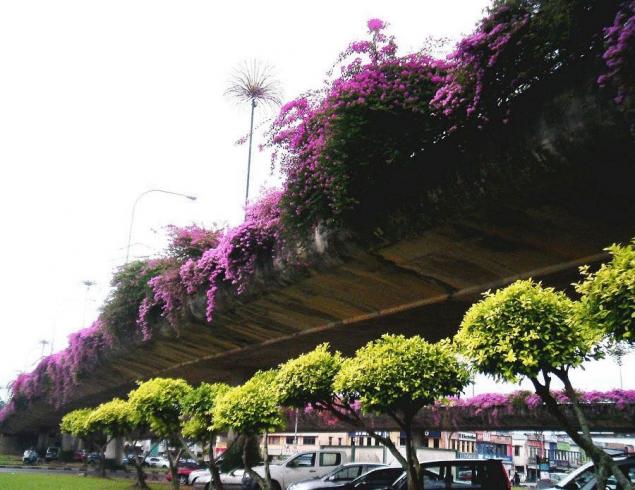
Preferably, the lower heating device as the root system is formed at a temperature of about 18°C. Very unusual effect is obtained when planted in a container a few plants with different color bracts. The first time the young shoots are not pruned, and twist on as they grow, forming a kind of barrel.
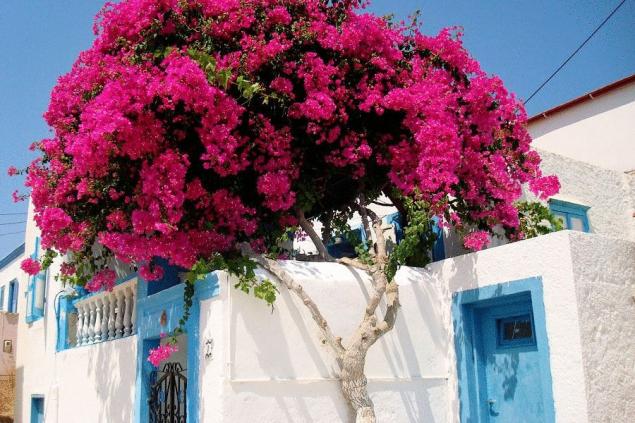
Source: /users/104


